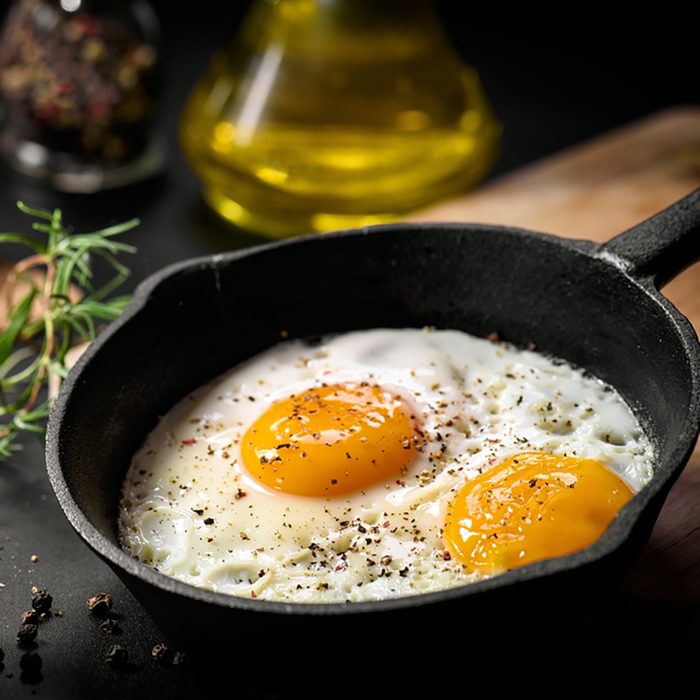
You’re a breakfast skipper
We always hear that breakfast is the most important meal of the day, but this may be particularly true for individuals with diabetes, says Alison Massey, RD, a registered dietitian and director of diabetes education at Mercy Medical Center in Baltimore, Maryland. Waiting too long to eat in the morning might result in hypoglycemia or blood glucose that is too low. “Even when my clients aren’t typical ‘breakfast eaters,’ I encourage them to incorporate a small snack into their morning routine, like a Greek yogurt with some berries or a hard-boiled egg and slice of whole grain toast,” she says. It doesn’t have to be a sit-down meal, but make sure you have something healthy in your body so you don’t crash. Find some healthy breakfast recipes for diabetics, here.
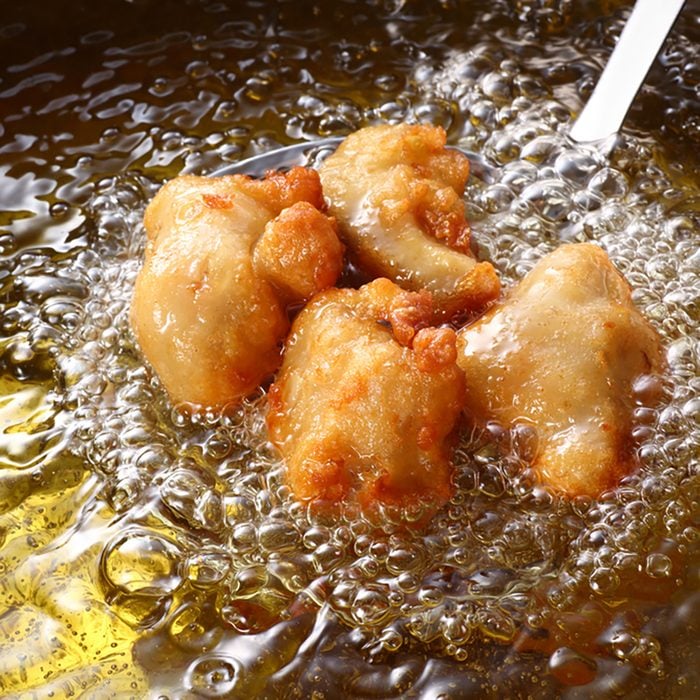
Your diet contains too many of the wrong fats
Research suggests that excessive fat intake (more than 30 percent of total calories) may worsen insulin resistance. Stay away from meals that tend to contain high amounts of saturated fat, like those from fast food restaurants. While the mechanism isn’t clearly understood, some research has found a modest benefit in monounsaturated fatty acids (MUFAs) on insulin resistance, as well as decreasing liver fat. MUFAs are good-for-you fats found in avocados, olive oil, nut butters and seeds, to name a few. A diet that is high in MUFAs and lower in saturated fats is also associated with improvements in cardiovascular health, lower LDL cholesterol and reduced triglycerides and blood pressure, says Massey. Skip the drive-thru and make a few of your own diabetic-friendly copycat recipes.

Meat takes up half your plate
Overindulging in protein could impact your blood glucose levels, especially if that protein at your meal is from red meat, which may have an adverse impact on insulin sensitivity, says Massey. Increased consumption of red meat has been associated with an increased risk of type 2 diabetes in research. It’s also not a bad idea to limit intake of red meats to improve cardiovascular health, says Massey.
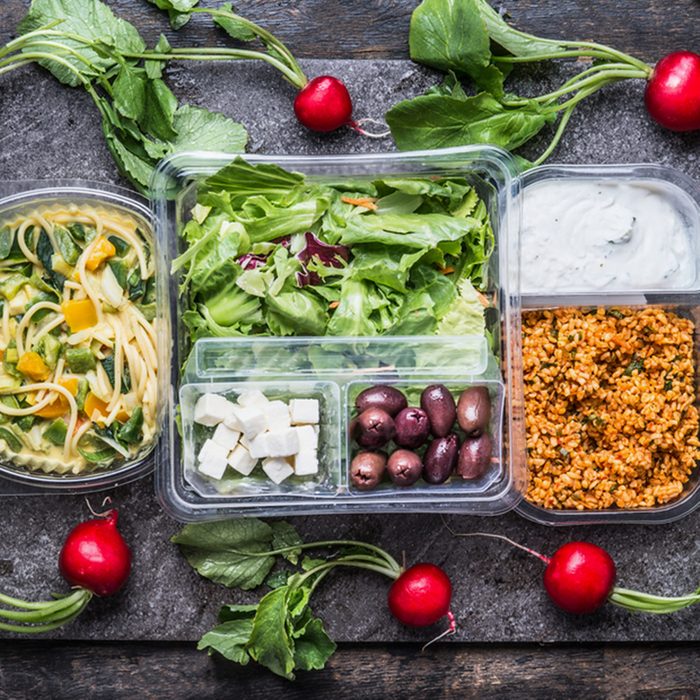
Your meals aren’t balanced
Eating too much of one thing (like carbs) and not enough of another (like veggies and lean proteins) could cause blood sugar levels to spike. “Balanced meals help with satiety and provide you with all the nutrients you need,” says Massey. Pairing a lean protein (like a boneless, skinless chicken breast) with high carbohydrate food (like brown rice) may slow digestion, and help you feel full longer while having a minimal impact on blood glucose levels after the meal, she says.

You forget to eat
Okay, you may not have “forgotten” but if you let yourself get too busy and then realize it’s been hours since your last meal, you might be putting yourself in danger. “Waiting too long between meals can also result in hypoglycemia for individuals with diabetes, especially if they’re taking particular diabetes medications,” says Massey. If left untreated, hypoglycemia can get worse and cause confusion, clumsiness or fainting. Severe hypoglycemia can lead to seizures, coma and even death, according to the National Institute of Diabetes and Digestive and Kidney Diseases. Consistency with meal intake can also help with other habits that should be consistent like monitoring blood glucose regularly (for those who monitor before they eat) and taking medications as prescribed, Massey suggests. If you’re a diabetic or have prediabetes, make sure you have some candies, juice boxes, or milk on hand to raise your blood glucose levels up quickly if they’ve dipped too low. Here’s what to do during a diabetic emergency.
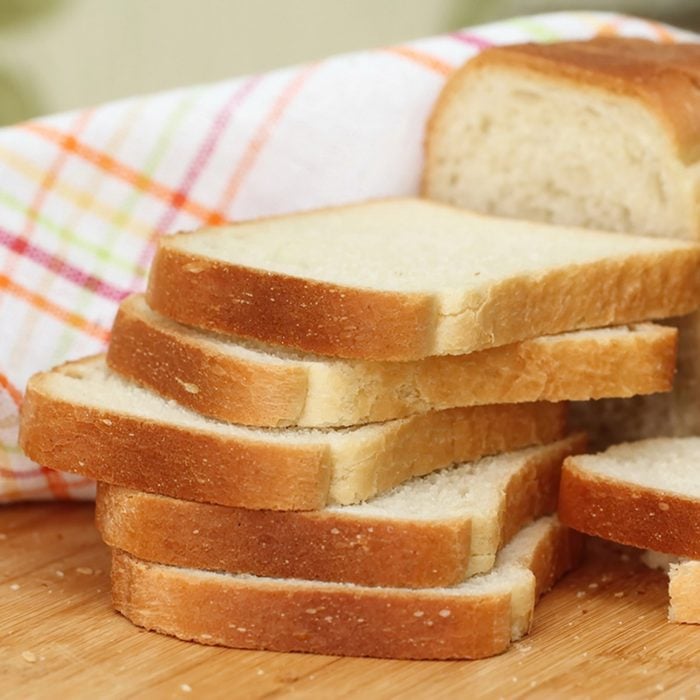
Your snacks are made from white flour
“Although the glycemic index of foods is a bit controversial, the quality of carbohydrates in the diet matters,” says Massey. Refined carbohydrates (like white bread, pretzels, chips) have been linked in some studies to higher rates of insulin resistance. Limit processed products made with white flours and added sugars. Instead, focus on healthy snacks that are high in fiber and made with whole grains, like a string cheese stick and a few whole grain crackers, air-popped popcorn or rice crackers and peanut butter.
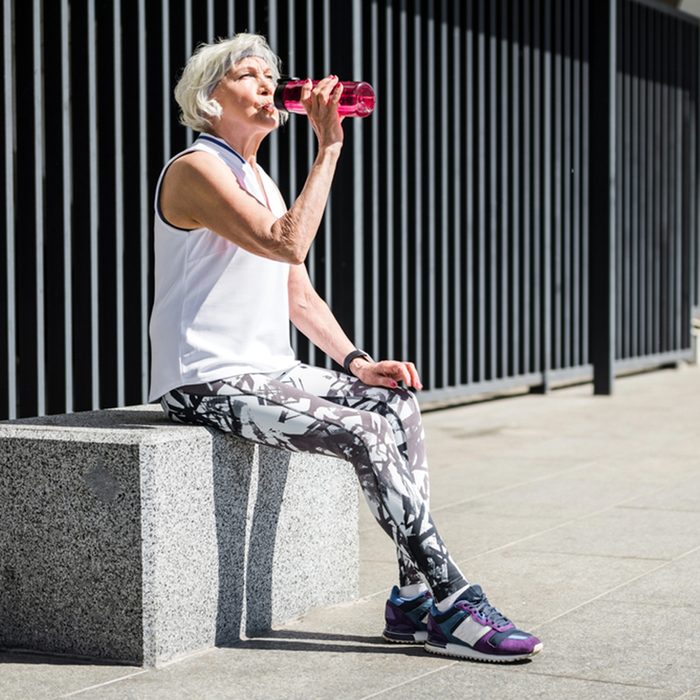
You don’t know whether you should eat before exercise
Blood glucose monitoring before exercise is very important for diabetics because exercise lowers blood glucose. This provides information on whether or not a small snack might be needed to help prevent blood glucose that goes too low (hypoglycemic) during an exercise session, says Massey. “Typically, I recommend that my clients bring glucose tablets with them when they are exercising, so they can appropriately treat an incident of hypoglycemia.” Glucose gels or even sports drinks can also be useful for treating hypoglycemia during a workout session. If you’re consistently hypoglycemic with physical activity, talk to your doctor and/or diabetes educator because they may need to adjust your medication regimen.

You’re overeating
Not only can losing weight improve insulin sensitivity, but managing your weight is an important part of managing your diabetes. For individuals with type 2 diabetes, additional weight gain from overeating can contribute to more insulin resistance and also lead to needing more medication, says Massey. Eating large meals, especially those that contain a lot of carbohydrates, typically result in after-meal blood glucose readings that are elevated. Ideally, diabetics want after-meal blood glucose readings to be less than 180mg/dL. Oftentimes, Massey has people monitor blood glucose before and then two hours after a meal to really assess how their food choices are impacting blood glucose levels. “Typically we are looking for no more than a 40- to 50-point increase, so if the blood glucose is 120 before a meal and 250 after a meal, that 130-point difference indicates that the meal was too high in carbohydrates,” says Massey. Talk to your doctor or diabetes educator about how to create a diabetes-friendly meal plan that’s best for your health.

Your dinner or snack is too close to bedtime
Eating late at night can wreak havoc on fasting blood glucose levels the next morning. Late-night meals typically cause blood glucose levels to be elevated more than usual the next morning, which can be problematic especially if it’s above the blood glucose fasting target range (typically 80-130mg/dL per American Diabetes Association guidelines). “When I am discussing late-night snacking with my clients I typically recommend that they consume a small, fiber-rich carbohydrate snack (20 grams or less) with a lean protein to help with satiety,” says Massey. She suggests a clementine and a few pistachios as an ideal evening nosh. Ask yourself if you’re eating because you’re truly hungry or if you’ve simply developed the habit to snack at night. If it’s the latter, consider brewing a mug of herbal tea and finding something else to do instead of eating.
